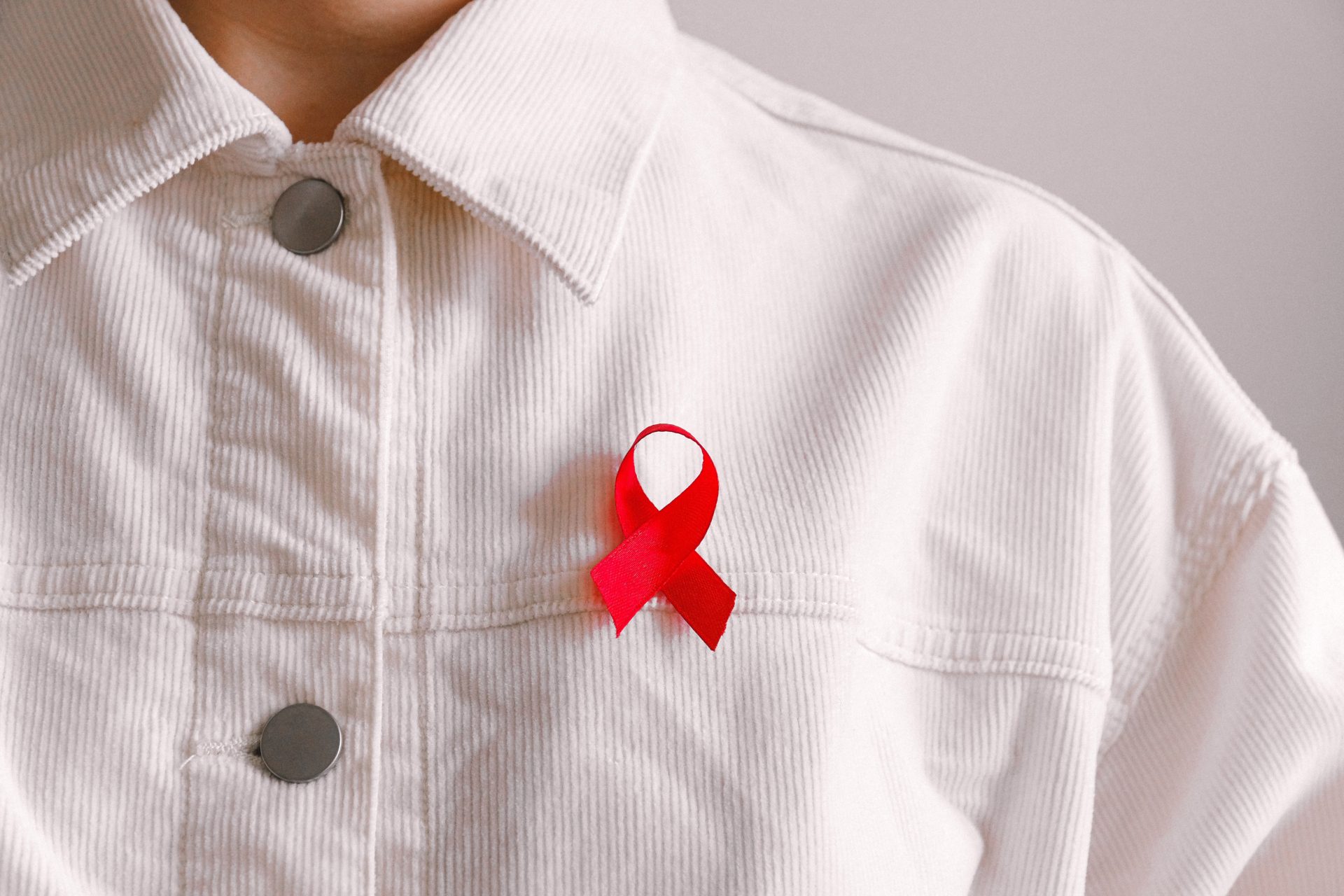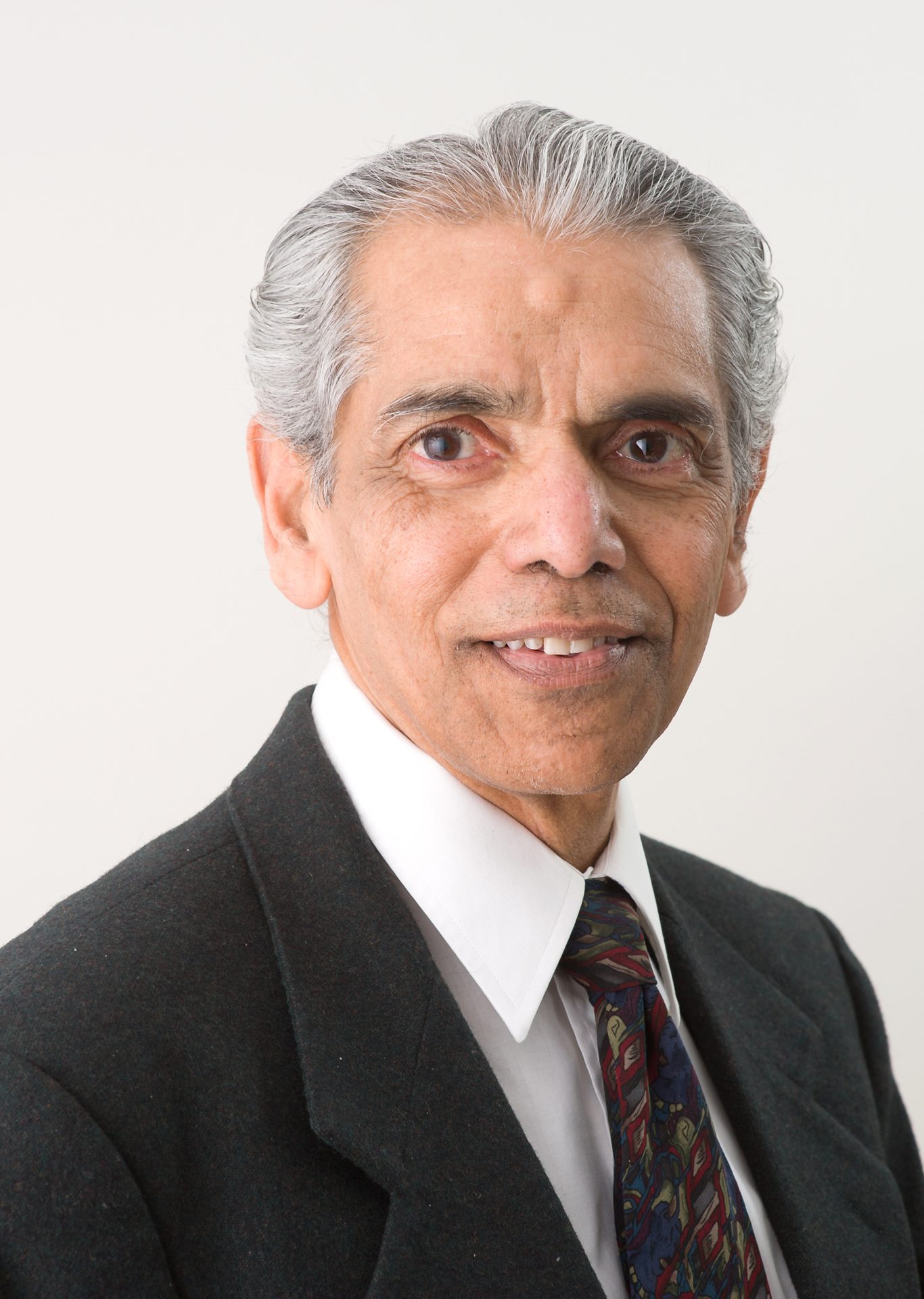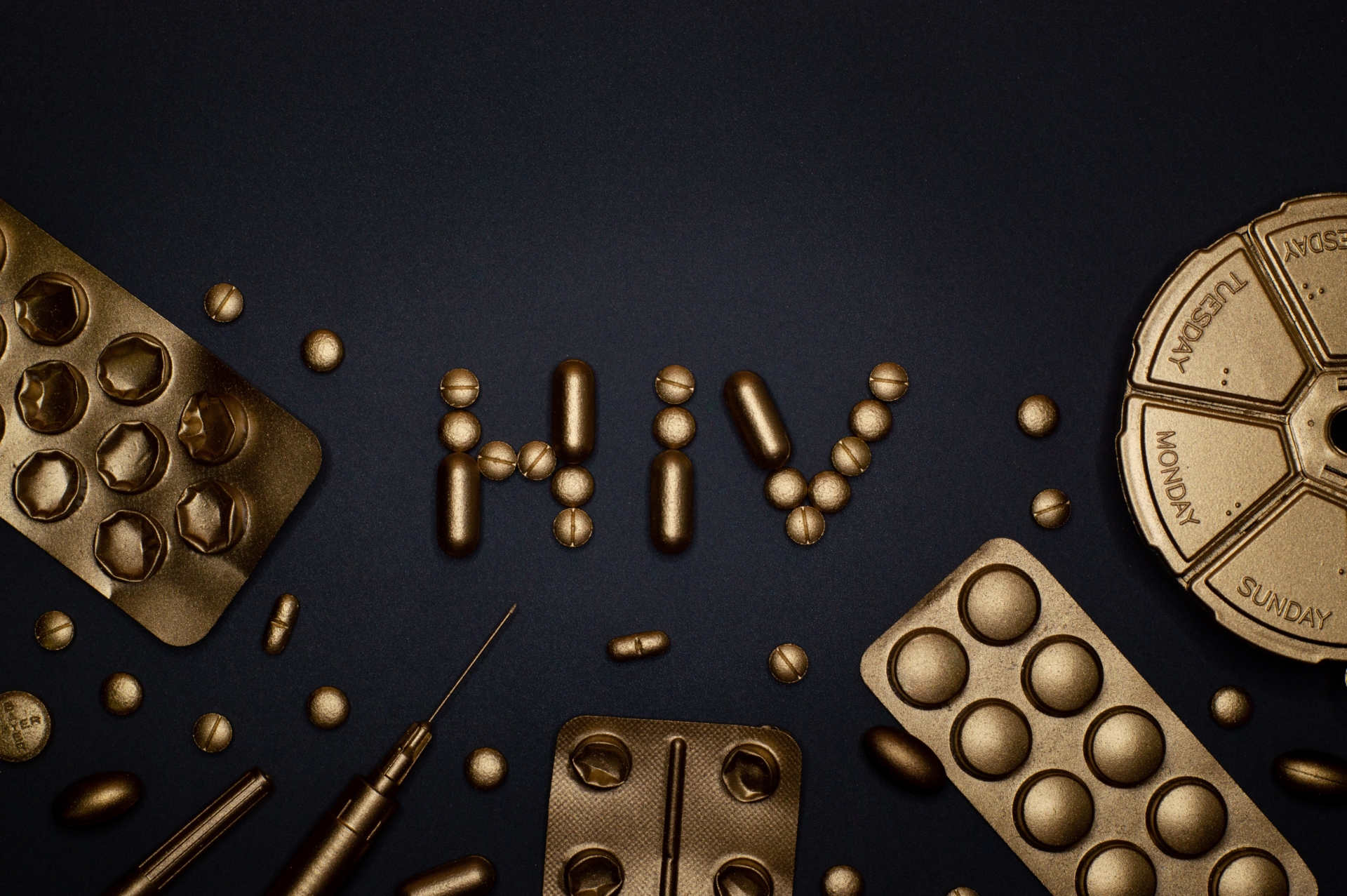
2020 has given us a whole new meaning to checking in on our health amid the almost year-long Coronavirus pandemic.
There are also thousands if not millions out there who have been diagnosed with either HIV or Type 2 Diabetes either during or long before COVID even became a thing.
There’s also a great number of people who are dealing with both. According to a study from infectious Disease Advisor nearly 1 out of every 5 people with HIV also has prevalent T2DM.
Dr. John Poothullil, a dedicated researcher and science-based author of books on type 2 diabetes, chatted with Instinct Magazine about struggles people who deal with both have to face, how to avoid T2DM if you’re already HIV Positive, the kinds of foods and drinks to avoid and so much more.

What are the biggest struggles HIV patients with Type 2 Diabetes have to deal with?
HIV patients with Type 2 diabetes have a greater risk of developing infections of the respiratory tract, urinary tract, and gastrointestinal and liver infections. In addition, they are also prone to infection-related cancers.
There could be two reasons for this. First, the suppression of the immune cells allows the survival of both infectious agents and cancer cells. Second, the availability of glucose and an elevated insulin level, a consequence of elevated blood glucose, also promotes the growth of infectious agents and cancer cells.
Can having both cause multiple health issues and a shorter life span?
Yes—this combination can lead to many other health issues and shorten life span.
For those who are HIV positive but don’t have Type 2 Diabetes, what are the best ways to avoid getting the latter?
Experts suggest that prolonged antiretroviral therapy (ART) of HIV infected people is associated with increased risk of “insulin resistance” leading to type 2 diabetes.
I suggest that a more likely mechanism for the development of type 2 diabetes in patients infected with HIV is the inhibition of a signaling mechanism called paroxysmal proliferator-activated receptor by medications used in HIV treatment. This inhibition reduces fat storage capacity by interfering with the development of new fat cells. Reduced fat storage capacity leaves more fatty acids, which otherwise could have been stored as fat, in the bloodstream. This prompts muscles to switch to fatty acid burning, leaving glucose in the blood, blood sugar elevation, and eventually Type 2 diabetes. This is the exact opposite of what happens when one is treated with the medication Thiazolidinedione, which increases fat storage capacity by promoting fat cell maturation. The result is lowering of blood fatty acid levels and muscles switching to glucose burning, thus lowering of blood sugar level.
In addition, when HIV patients feel better because of their treatment, they often resume regular food consumption. However, their reduced ability to store fat leaves more fatty acids in the blood circulation. As explained above, this can lead to muscles burning fatty acid instead of glucose, with the result that glucose is left in the blood leading to Type 2 diabetes.
HIV patients should consult their care providers to talk about the type and duration of anti-retroviral treatment, especially if there is a family history of type 2 diabetes.

On the flip side, what types of foods and drinks do you recommend so that the Diabetes can be eventually reversed?
Based on my 20 years of research into the medical literature on diabetes, the biggest key to reversing diabetes is to reduce your consumption of grains and grain-flour products. Effectively, eat less than 30% of your daily intake of calories in the form of grains. The usual theory to explain high blood sugar and diabetes is “insulin resistance” — but in my view, this explanation does not make biological sense.
With the rising incidence of diabetes around the world today, the most logical commonality is not that humanity is becoming insulin resistant, but rather that the modern diet full of grain-based carbohydrates — rice, wheat, corn — is the cause. Biologically, there is a natural body metabolism — the fact that muscle cells burn fatty acids as well as glucose — that explains high blood sugar.
When you over consume grains, which digest into glucose molecules that your body cannot immediately burn, that glucose is converted to fatty acids to be stored in your fat cells. Eventually, constant overconsumption fills your fat cells and leaves fatty acids in your bloodstream. Your muscle cells begin burning the fatty acids more readily than any available glucose. This leaves glucose in your bloodstream, hence high blood sugar leading to Type 2 diabetes. This “fatty acid burn switch” is, in my view, a direct result of our modern diet high in grains and grain-flour products.
There are so many out there that are addicted to salty and sugary items regardless of their Type 2 Diabetes diagnosis. What do you recommend they do to slow down or eventually stop eating and drinking those kinds of products?
The body needs a small amount of salt so it is natural to occasionally consume salt. However, the addiction to salt and sugar is the result of many factors– the key being that many packaged and ready to eat products made out of grain-flour are tasteless without salt or sugar added to them. Try eating a bowl of rice or a plate of pasta without salt, or a piece of cake made without any sugar.
This lack of taste factor is compounded by the urge to eat frequently out of stress, peer pressure, or the need to feel a sense of fullness in the belly, all of which drive people to feel they must constantly feed themselves with salty or sugary foods and drinks. The antidote to this begins with taking responsibility for your actions related to food intake. For example, imitate toddlers who eat only when they are hungry and stop eating when they are satisfied, even leaving food on the plate. In addition, avoid any drinks with added sugar.
Since optimum functioning of the immune system is essential, eat a variety of vegetables, fruits, nuts, herbs, spices and mushrooms, with or without animal based foods to provide over 100 nutrients needed to achieve this objective.
